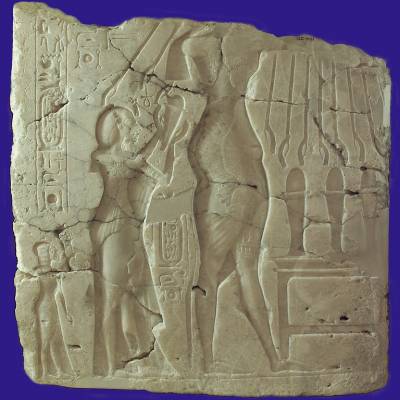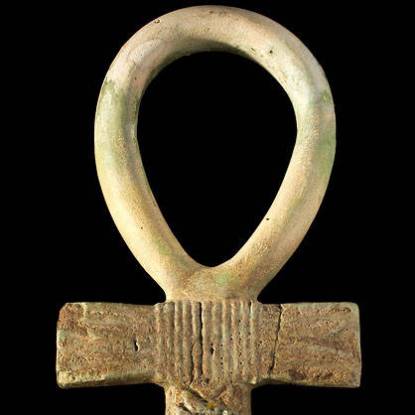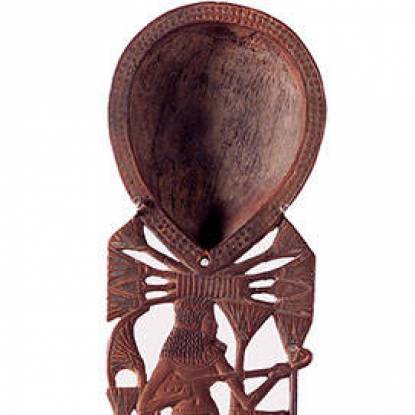Akhenaten and the rays of the sun god Aten
The Pharaoh Akhenaten changed his name from Amenhotep ('may Amun be content') to mean 'one who is serviceable to the Aten’ and came to the throne in around 1353BC. He founded the palace-city of Amarna as a centre for his religious beliefs.

Akhenaten's religious reforms were not entirely new, but his exclusion of the cult of other deities marks a break with traditions. The Aten, or sun disc, was worshipped as the main deity. This is why he is sometimes referred to as the ‘heretic pharaoh’ and sometimes characterised as the ‘first individual in human history’.
This period is marked by dramatic changes in iconography around religious observance and the representation of the human body. Petrie called this 'a revolution in art, in religion and in ethics'. This block UC401 shows Akhenaten, his queen Nefertiti and daughter Meritaten worshipping the Aten. The delicate sculptural work and radical reshaping of the male and female bodies is also apparent in the statuette group UC004 found in the Amarna display case.
Akhenaten is one of the best known pharaohs, though very little in actual fact is known about him. He actually inspired an opera in 1983 by Philip Glass based on texts from the Amarna period.
 Close
Close




